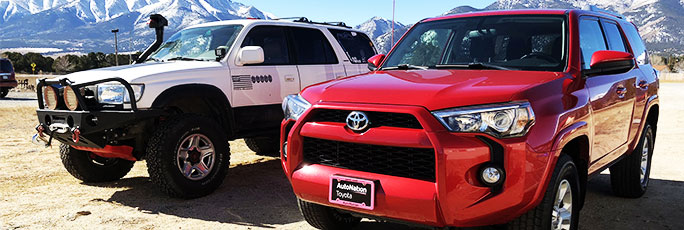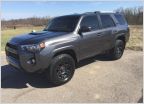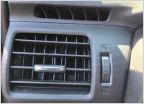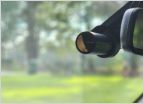-
Welcome to 4Runners.com!
You are currently viewing as a guest! To get full-access, you need to register for a FREE account.
As a registered member, you’ll be able to:- Participate in all 4Runner discussion topics
- Transfer over your build thread from a different forum to this one
- Communicate privately with other 4Runner owners from around the world
- Post your own photos in our Members Gallery
- Access all special features of the site
Suspension Rebuild on 5th Gen 4Runner
Discussion in '5th Gen 4Runners (2010-2024)' started by strannik, Feb 4, 2024.


 Has anyone completely covered the rear interior?
Has anyone completely covered the rear interior? Dash Drivers vent removal
Dash Drivers vent removal Battery Drain from Short Trips?
Battery Drain from Short Trips? Dash cam install, front and rear
Dash cam install, front and rear Hub Centric Wheels
Hub Centric Wheels
